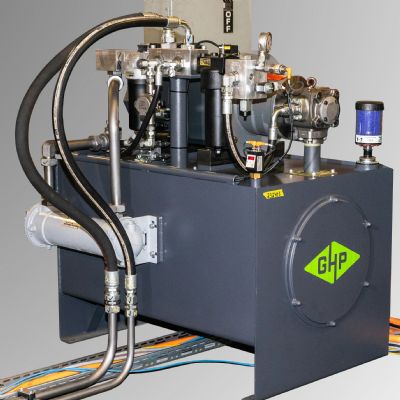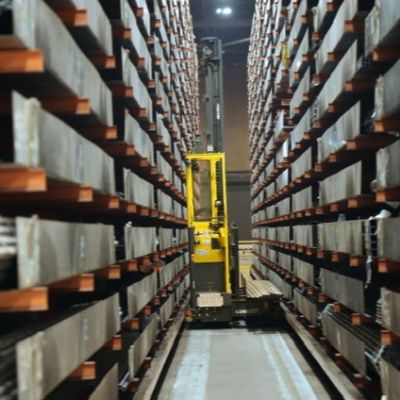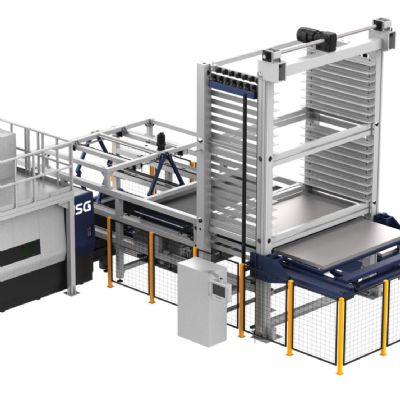Question: What makes my part a candidate for cost reduction using 3D printing?
Answer: Buy:Fly ratios provide a quantitative tool for identifying whether a part may be a good candidate for cost reduction. The ratio describes how much material must be purchased up front in the raw-material state, versus the amount of material that ends up in the end-use application. For complex shapes, where the final part geometry resembles only a shell of the overall material envelope, the part may have cost-reduction potential. This possibility increases with innovative geometric nesting of parts during the build, enabling the 3D printer to optimize the quantity of parts printed simultaneously.
Another method for determining whether a part is a good candidate for cost reduction: Count the number of setups required to machine the part conventionally, versus the amount of setups needed to finish only the part’s critical interfaces. Why? 3D printing can build the majority of the necessary features, leaving only value-added machining to complete the part. For parts with many line-drilled/plug-welded ports, or lightening holes/features, 3D printing can eliminate the need to touch those surfaces.
Part-count reduction offers another strategy for determining cost-reduction potential. However, from a systems-engineering perspective, identifying the many cost savings resulting from part-count reduction can be difficult. Besides those associated with removing certain interface features from machining, cost reductions are associated with reducing inventory, inspections, installation steps and the overall administrative costs to route and handle additional part numbers. Also, combining parts not only reduces parts count, it increases design options for strengthening weak structural points. For example, by combining parts where the bolt-hole radius has the highest stress concentration, with adjacent parts, the bolt-hole and bolt can be removed and the load can be spread over a larger area.
Low-volume production, legacy spare parts and part-feature customization offer three more cost-saving opportunities. In low-volume production, 3D printing can help reduce the need to maintain an inventory of seldom-needed parts. In addition, when expensive tooling is required, recouping those tooling costs may take years. By reducing or eliminating the initial tooling, even if the per-piece price is more expensive, cost savings can result in the long run. So, too, is the case with legacy spares. With these, old tooling may no longer be available, or the manufacturer has gone out of business. Where a total order numbers only one or two parts, 3D metal printing can generate significant savings compared to upfront costs associated with re-igniting a past manufacturing line. So, too, when it comes to mass customization, especially medical implants. Furthermore, instances occur when multiple parts that fit into the build envelope are customized simultaneously. When adding standard or common tooling, cost reduction can be significant as compared to the amount of CNC programming needed to machine each part separately.
Lastly, if users find a path forward for 3D metal printing in a production setting, benefits arise from qualifying multiple parts simultaneously. This can spread out the nonrecurring engineering costs over multiple parts, making the cost-per-part less expensive.
Question: What makes my part a candidate for performance optimization using 3D printing?
Answer: Performance optimization serves as 3D metal printing’s niche. Many times part designs remain bulky due to costs for adding setup and machining surfaces. Here, weight reduction becomes a performance-optimization benefit. Using structural optimization on bulky brackets and housings reduces the buy:fly ratio while maintaining the same stiffness and functionality. The complementary growth of geometry optimization, paired with 3D metal printing, will continue to expand these opportunities. In industries where weight reduction is critical, such as aerospace, cost-saving opportunities range from thousands to tens of thousands of dollars per pound.
Thermal and fluid optimization functions similarly to structural optimization, where unique geometries can open the design space for thermal and fluid components. 3D printing makes optimizing to maximize or minimize surface area easier, which simplifies the build of complex geometries. Also, depending on the application, the rough surface finish of 3D-printing technologies acts as an advantage for heat transfer. In fluid optimization, parts once line-drilled now can have organic, curved cavities, allowing for less pressure drop and less turbulent flow.
Finally, remember that while applying 3D metal printing can be frustrating because it is not a fix-all manufacturing solution, the potential benefits are many. At companies where engineers, designers and procurement understand where and when it makes sense to apply the technology, 3D printing significantly impacts leadtime, cost and geometric optimization. 3DMP
See also: LAI International Inc
Technologies:









